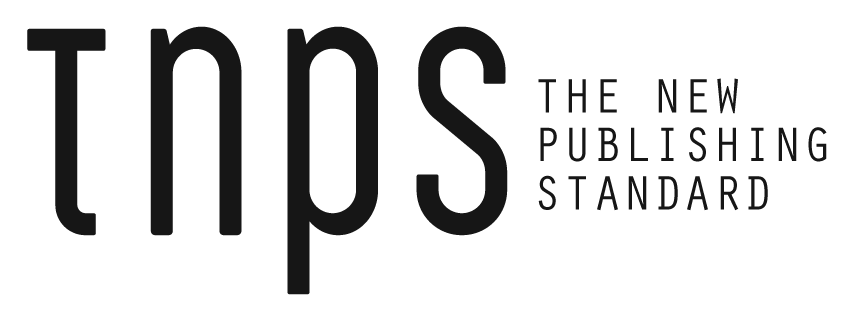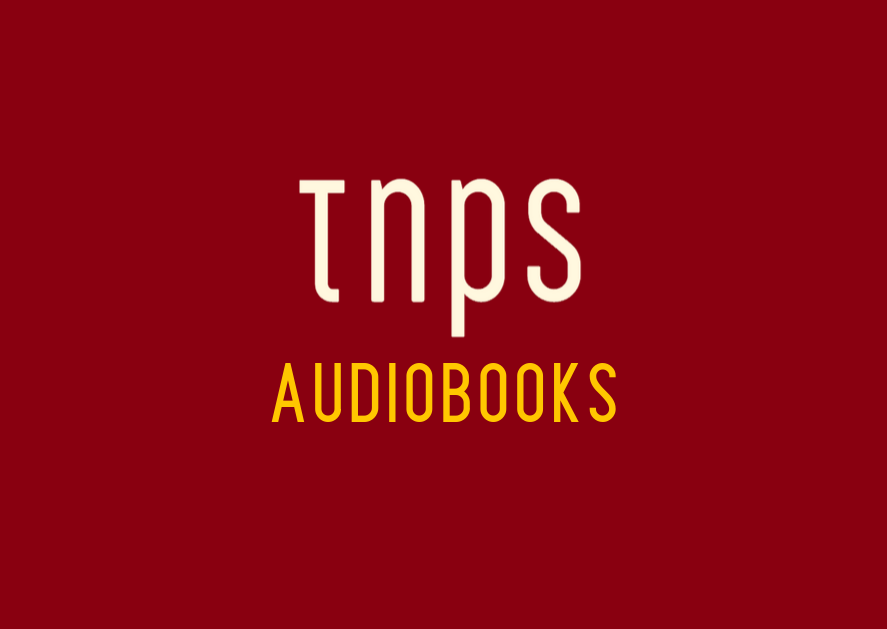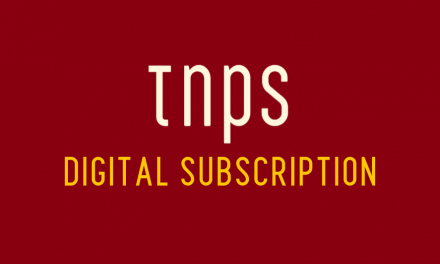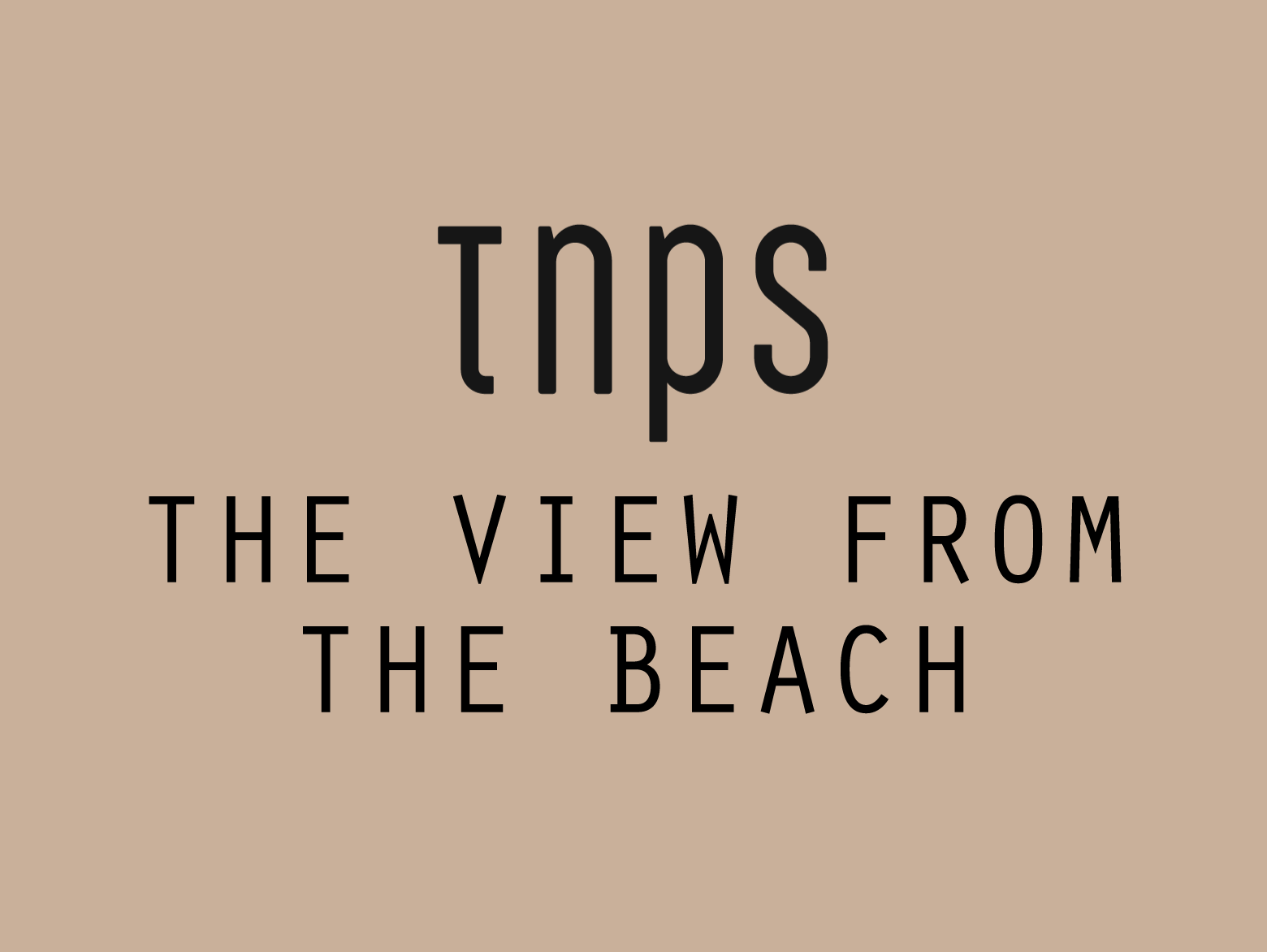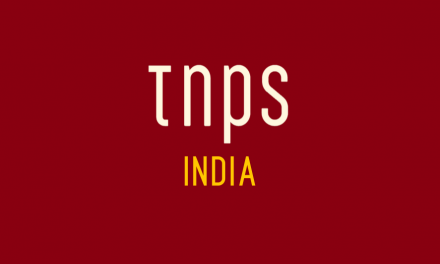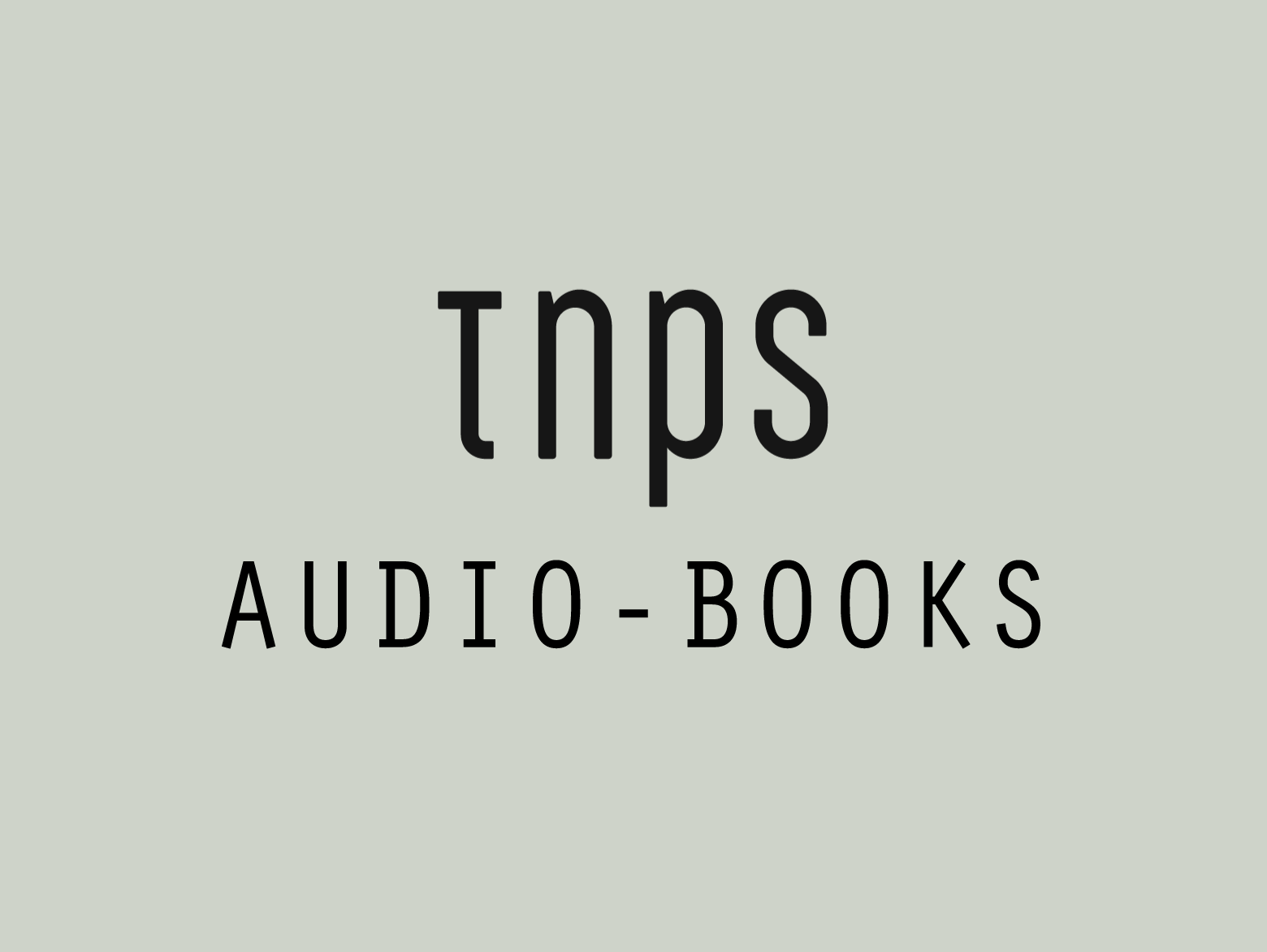Leaving the big question, why has it taken the world’s largest trade publisher so long to wake up to this opportunity? And does Nihar Malaviya even know how many languages there are in India?
Penguin Random House India (PRHI) has partnered with Kuku FM, on of India’s leading storytelling platform. This marks PRHI’s first venture into Hindi audiobooks, expanding its reach in the vernacular publishing ecosystem.
Expanding Vernacular Storytelling
The collaboration between PRHI and Kuku FM, with 15 exclusive audiobooks adapted from Penguin’s bestselling titles, is a response to the growing demand for regional-language content in India.
The audiobooks feature works by renowned authors such as Gaur Gopal Das, Devdutt Pattanaik, Raghuram Rajan, Indira Nooyi, and Neena Gupta, reflecting a diversity of genres, from mythology to memoirs.
Available from April 2025 on the Kuku FM Android app, these audiobooks are priced affordably at ₹175 ($2.10), aligning with PRHI’s vision to democratise access to literature.
The Growth of Audiobooks in India
TNPS regulars will know that India’s audiobook market is experiencing rapid growth, with projections indicating a 30% annual increase, with Audible and Storytel leading the way.
Platforms like Kuku FM have capitalised on this trend, offering curated audio content in multiple languages. While Hindi dominates the vernacular audiobook space, other indigenous languages such as Tamil, Bengali, and Marathi are also gaining traction. Additionally, initiatives like Sahitya Akademi’s tribal literature projects have brought oral traditions into the audiobook format.
Impact on the Publishing Ecosystem
By embracing audio formats, Penguin is not only diversifying its offerings but also addressing the evolving preferences of Indian readers. Audiobooks provide a dynamic and immersive way to experience literature, attracting both avid readers and new audiences in a country where regional languages are integral to cultural identity.
The View From The Beach
India’s literacy rate, at c. 78% with significant variations across states and languages, has long been a challenge to publishers. Literacy is pre-requisite for reading, of course, but in a land of such rich oral traditions and with easy-on-the-eye competition from video, book publishers have had an uphill struggle. Despite which, India has more book fairs and festivals than any other. In fact, TNPS regulary cales India global publishing’s brightest prospect.
Hindi and other local-language audiobooks can reach, this being India, literally hundreds millions of potential consumers who cannot or do not read but are eager to engage with stories and knowledge in their native language.
Leaving the big question, why has it taken the world’s largest trade publisher so long to wake up to this opportunity? And does Nihar Malaviya even know how many languages there are in India?
This post first appeared in the TNPS LinkedIn newsfeed.
